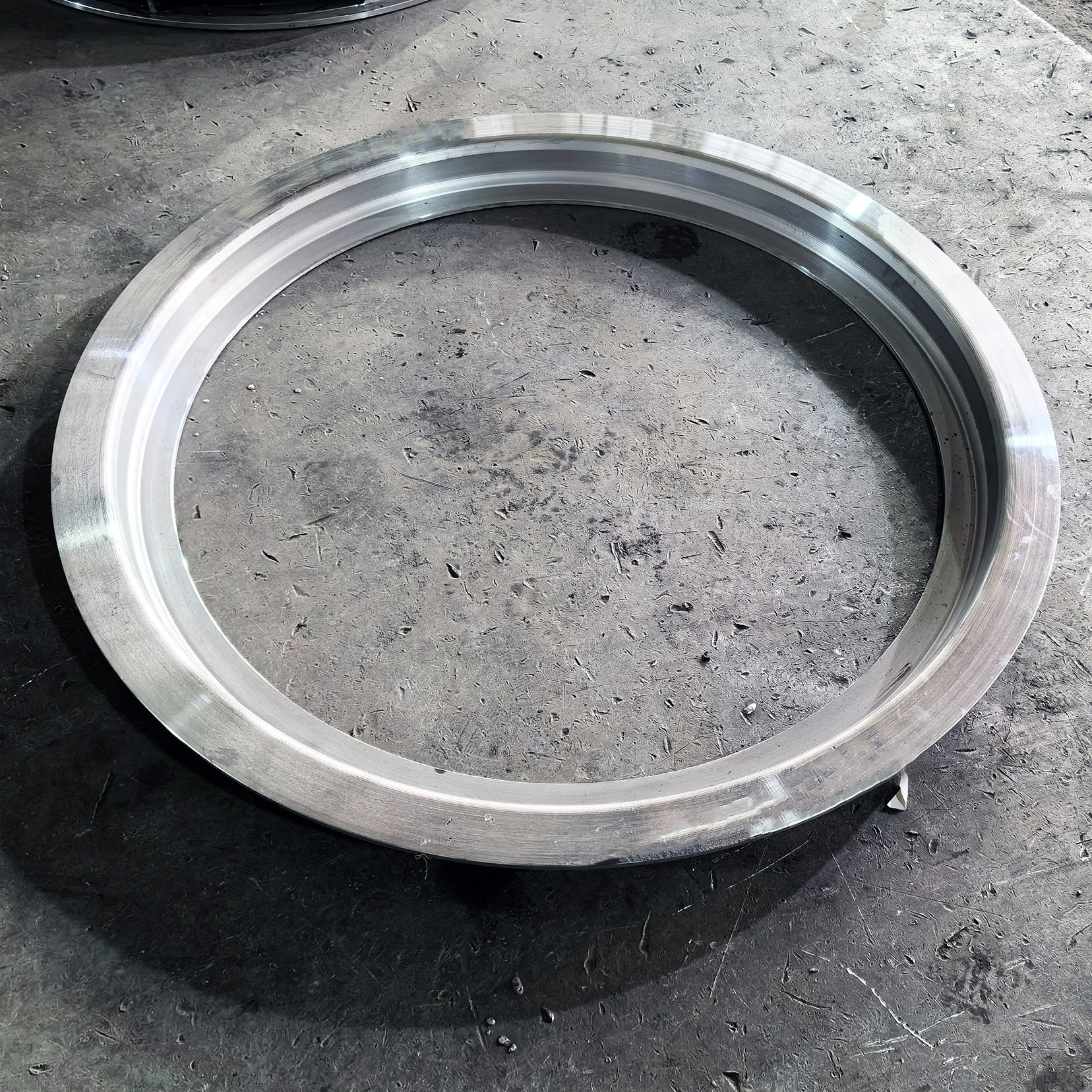- Afrikaans
- Albanian
- Amharic
- Arabic
- Armenian
- Azerbaijani
- Basque
- Belarusian
- Bengali
- Bosnian
- Bulgarian
- Catalan
- Cebuano
- China
- China (Taiwan)
- Corsican
- Croatian
- Czech
- Danish
- Dutch
- English
- Esperanto
- Estonian
- Finnish
- French
- Frisian
- Galician
- Georgian
- German
- Greek
- Gujarati
- Haitian Creole
- hausa
- hawaiian
- Hebrew
- Hindi
- Miao
- Hungarian
- Icelandic
- igbo
- Indonesian
- irish
- Italian
- Japanese
- Javanese
- Kannada
- kazakh
- Khmer
- Rwandese
- Korean
- Kurdish
- Kyrgyz
- Lao
- Latin
- Latvian
- Lithuanian
- Luxembourgish
- Macedonian
- Malgashi
- Malay
- Malayalam
- Maltese
- Maori
- Marathi
- Mongolian
- Myanmar
- Nepali
- Norwegian
- Norwegian
- Occitan
- Pashto
- Persian
- Polish
- Portuguese
- Punjabi
- Romanian
- Russian
- Samoan
- Scottish Gaelic
- Serbian
- Sesotho
- Shona
- Sindhi
- Sinhala
- Slovak
- Slovenian
- Somali
- Spanish
- Sundanese
- Swahili
- Swedish
- Tagalog
- Tajik
- Tamil
- Tatar
- Telugu
- Thai
- Turkish
- Turkmen
- Ukrainian
- Urdu
- Uighur
- Uzbek
- Vietnamese
- Welsh
- Bantu
- Yiddish
- Yoruba
- Zulu
Nov . 21, 2024 19:36 Back to list
cast steels
Understanding Cast Steels Properties, Applications, and Advantages
Cast steels, a significant category of materials in the manufacturing and engineering sectors, are alloys characterized by the presence of iron, carbon, and various other elements, imparting unique properties tailored for specific applications. Unlike wrought steels, which are mechanically processed, cast steels are produced by pouring molten metal into molds, allowing for intricate shapes and structures to be formed. This process not only offers versatility but also enables the production of components that are otherwise difficult to manufacture with traditional methods.
Types of Cast Steels
There are several classifications of cast steels, largely based on their carbon content and alloying elements. The most common types are low-carbon cast steel (typically containing less than 0.25% carbon), medium-carbon cast steel (0.25% to 0.60% carbon), and high-carbon cast steel (0.60% to 1.5% carbon). Each type exhibits distinct mechanical properties, making them suitable for a variety of applications.
Low-carbon cast steels are noted for their excellent ductility and weldability, making them ideal for applications that require extensive shaping and forming. Medium-carbon cast steels, on the other hand, balance strength and toughness, offering improved wear resistance, which is advantageous in heavy-duty machinery and structural components. High-carbon cast steels are recognized for their hardness and wear resistance, but they may be more brittle, limiting their use in applications where impact resistance is paramount.
Properties of Cast Steels
Cast steels are known for their remarkable mechanical properties, which can be tailored to meet specific performance requirements through appropriate alloying and heat treatment processes. Among these properties, strength, ductility, toughness, and wear resistance stand out. The ability to withstand high loads while maintaining formability is crucial in sectors such as construction and manufacturing.
Moreover, cast steels exhibit excellent castability, which allows them to be molded into complex shapes with high precision
. The versatility in design aids in the creation of intricate components necessary for advanced machinery, automotive parts, and various structural applications.cast steels

Applications of Cast Steels
The applications of cast steels are vast and varied. In the automotive industry, cast steels are frequently used in the production of engine blocks, crankshafts, and gears due to their strength and fatigue resistance. In construction, they serve as essential materials for structural supports, bearing housings, and other load-bearing components.
Additionally, cast steels find applications in the manufacturing of heavy equipment such as excavators and bulldozers, where durability and resilience are critical. In the plumbing and piping sectors, cast steel pipes and fittings are widely utilized for their strength and ability to withstand high pressures and temperatures.
Advantages of Cast Steels
One of the primary advantages of cast steels is their ability to be produced in complex shapes, which reduces the need for additional machining processes, thus lowering production costs and time. The fluidity of molten steel allows for the creation of components with intricate designs, reducing material waste and enhancing efficiency.
Furthermore, the combination of properties such as high tensile strength and impact resistance makes cast steels an excellent choice for demanding applications. Their ability to be alloyed with various elements also enables engineers to customize materials to meet specific performance criteria.
In conclusion, cast steels represent an essential class of materials with a broad range of applications and advantages. Their unique properties, adaptability in production, and suitability for complex designs make them invaluable in numerous industries. As technology advances, the importance of cast steels in manufacturing and engineering will undoubtedly continue to grow, driving innovation and efficiency in various sectors. Understanding their characteristics and applications is crucial for engineers and manufacturers striving to optimize performance and productivity in an increasingly competitive landscape.
-
8mm Thin-Walled Cast Steel Manhole Cover Pallet Bottom Ring | Durable
NewsAug.04,2025
-
Premium Cast Iron Water Main Pipe: Durable, Corrosion-Resistant
NewsAug.03,2025
-
Durable Cast Iron Water Mains | AI-Optimized Systems
NewsAug.02,2025
-
High-Efficiency Propane Boiler for Baseboard Heat | Save Energy
NewsAug.01,2025
-
Premium Source Suppliers for Various Gray Iron Castings
NewsJul.31,2025
-
Durable Cast Iron Water Main Pipes | Long-Lasting
NewsJul.31,2025


